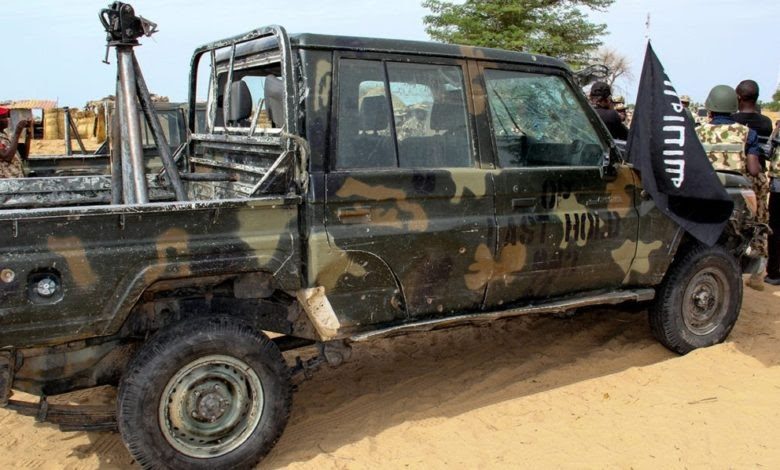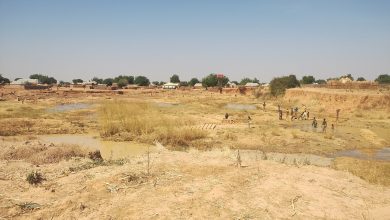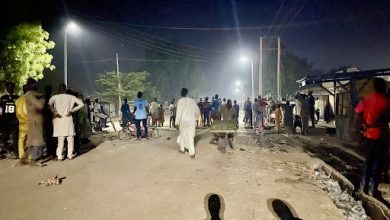Temporary Relief For Sambisa’s Neighbouring Communities As ISWAP Faces Resistance
In May, a column of ISWAP fighters invaded Boko Haram’s enclave, leading to the death of notorious terror leader, Abubakar Shekau. But the Islamic State affiliate group still has remnants of Shekau’s group to contend with.

With the Islamic State West African Province (ISWAP) focusing on consolidating control and overcoming resistance from unyielding Boko Haram fighters in the Sambisa forest, communities in the region may be experiencing temporary relief from violent attacks.
Once known as a wildlife sanctuary, the Sambisa forest located in the southwestern part of Chad Basin National Park and Northeast Nigeria has become synonymous with Boko Haram due to the terror group’s exploitation of the area’s natural environment and nearby Mandara mountain range for its operations.
The forest and its environs, including adjoining forest areas, have been a crucial aspect of the Nigerian military’s counterinsurgency campaign.
In May, a column of ISWAP fighters conducted an offensive against the rival Boko Haram faction, also known as Jamā’at Ahl as-Sunnah lid-Da’wah wa’l-Jihād (JAS), which came to a crescendo with the death of Abubakar Shekau.
HumAngle reported the circumstances surrounding the onslaught including information from an audio recording of Shekau before his death as well as an internal message from ISWAP interim leader Abu Musab Albarnawi. Albarnawi, in the recording, had confirmed the incident and urged JAS members to choose dialogue over fighting.
Recently, Sahalaba, a cleric with the Lake Chad sub-faction of Boko Haram, in a video message remained defiant in his response to the developments.
HumAngle understands that ISWAP is also facing resistance from some Boko Haram members in the Sambisa general area who have refused to join its ranks.
The current skirmishes and confrontation between ISWAP and remnants of Boko Haram have forced the former group to concentrate its resources towards gaining control and dominance of the Sambisa axis.
One of the implications of this is that communities close to the area, particularly major towns in southern Borno that are at risk of being targeted by ISWAP, enjoy some level of temporary relief. Towns in the region include, for example, Gwoza and Bama.
Despite the current respite, experts believe it is important for security forces and the government to put in place measures to strengthen security and protect vulnerable communities.
The over a decade violent insurgency in the Northeast and Lake Chad Basin has led to the death of over 37,500 people and displaced 2.5 million others.
Support Our Journalism
There are millions of ordinary people affected by conflict in Africa whose stories are missing in the mainstream media. HumAngle is determined to tell those challenging and under-reported stories, hoping that the people impacted by these conflicts will find the safety and security they deserve.
To ensure that we continue to provide public service coverage, we have a small favour to ask you. We want you to be part of our journalistic endeavour by contributing a token to us.
Your donation will further promote a robust, free, and independent media.
Donate HereStay Closer To The Stories That Matter




